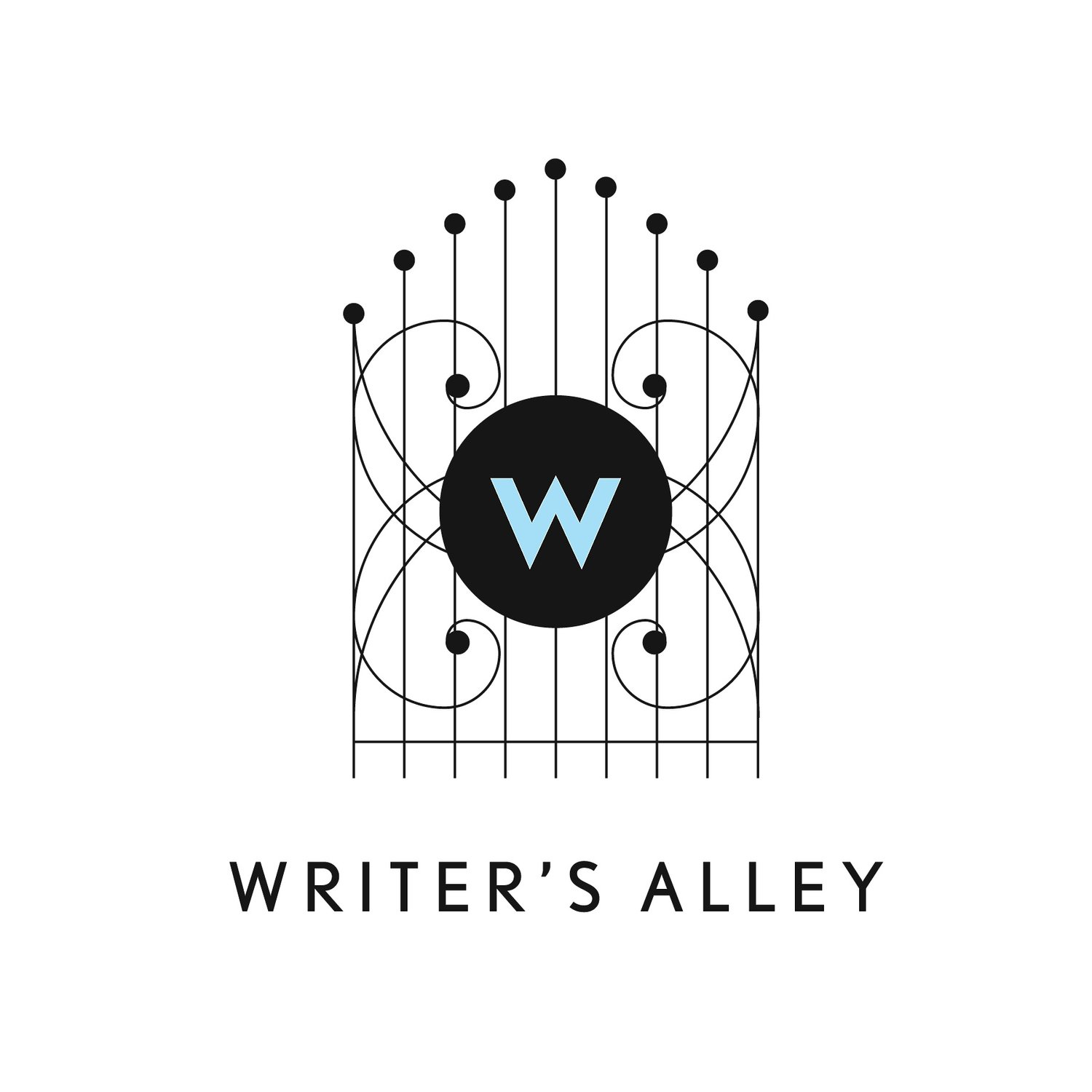What Is a Beta Reader?
If you are like many writers, you have a difficult time sharing your work. You probably wrote alone, almost secretly, until you were certain your work was ready for the world. That first act of sharing your manuscript is fraught with all kinds of emotions. Sharing with a beta reader is one way to ease into eventual publication, but choosing beta readers and directing their feedback should be done with care.
A beta reader is a reader who represents the intended audience of the book. It’s easy to figure out a beta reader for a book on education or sales, but it can be more difficult for a mystery or a zombie apocalypse manuscript. As a writer, you need to ask who is your typical reader. Your beta readers should be people who are well read in your genre and who have a basic understanding of storylines and character development. If you belong to a writers group, you may have people available to serve as beta readers You might even be able to arrange a swap, your services as a reader with another writer.
That might be the easy part. Because we all know that reading and enjoying books is not the same thing as being able to critique with useful feedback to help a writer prepare a work for submission to an agent or publisher. As a freelance editor, I have a lot of writers tell me something like, “My cousin’s husband is an English teacher, and I’m going to ask him to review my work before I write a query and send off the manuscript.”
Beta readers like this generally give writers an idea of whether their writing is interesting and engaging to read (though almost nobody will tell you directly that your writing is boring), if the story is good (again, it’s difficult for readers to tell you if it isn’t), if the characters and plot are realistic, if it makes sense, and if it is something they would like to read. You can get a more detailed and direct response if you ask specific questions, but reading and providing feedback for a manuscript is time consuming and requires some expertise, so choosing the right beta readers will make the biggest difference. You’ll want to develop questions that are specific to the manuscript you are seeking feedback on, but here are some examples of the types of questions you can ask your beta readers:
Does my book seem to start too slow or take a long time to get to the interesting parts? What do you think about the development of the action?
What do you think about how the book begins? Does it make you want to read more? Are you invested in the plot or the characters?
Does the writing style seem good? Is it consistent throughout the book? Are there points that seem to be in a different style that might not fit?
I’ve withheld some information (such as X, Y, Z), does that pique your curiosity and make you want to read more? Are there points that become confusing because it feels like information is missing?
Does the order of events in the story seem like the best way to present/develop this story?
How do you feel about the characters? Do you think they are interesting and worth reading about? What surprised you about them? What would you expect to have happen?
A beta reader is the first step in a long process of reviewing your manuscript to prepare for publication. Once you get feedback from beta readers, you should work to revise your manuscript (ten to twenty rounds of revision are not too many, so if you think your writing is ready for publication after you make the revisions suggested by the beta reader, you are probably wrong—though there are exceptions—and this is especially a concern if you are self-publishing because your work will not have gone through any vetting or editing from a publisher).
Along with beta readers, you will need editing. Developmental editors will help you with turning your draft into a finished product by looking at issues like pacing, plot development, character development, internal logical and chronological consistencies, along with issues of clarity and engagement for a reader. Line editors look specifically at the way you present your ideas—language, sentence clarity, variety, and paragraph development. If you work with a publisher you will work with one of their editors; however, it might require an editor to get your manuscript to the level that a publisher will want to take it on. Copy editors deal with issues of technical standards for formatting and grammar. In other words, they have detailed knowledge of the rules of language, grammar, and formatting. They also look for repetition, inconsistency, factual errors, and syntax errors. Proofreaders come in after the manuscript is printed for publication; this is the quality control stage of the process.
In general, you should prepare yourself for a lengthy process to move your manuscript from draft to publishable novel or book. Use your beta readers to prepare yourself for editing and revision, so you don’t end up reading your own book and wondering what you were thinking when you decided it was ready to publish.
